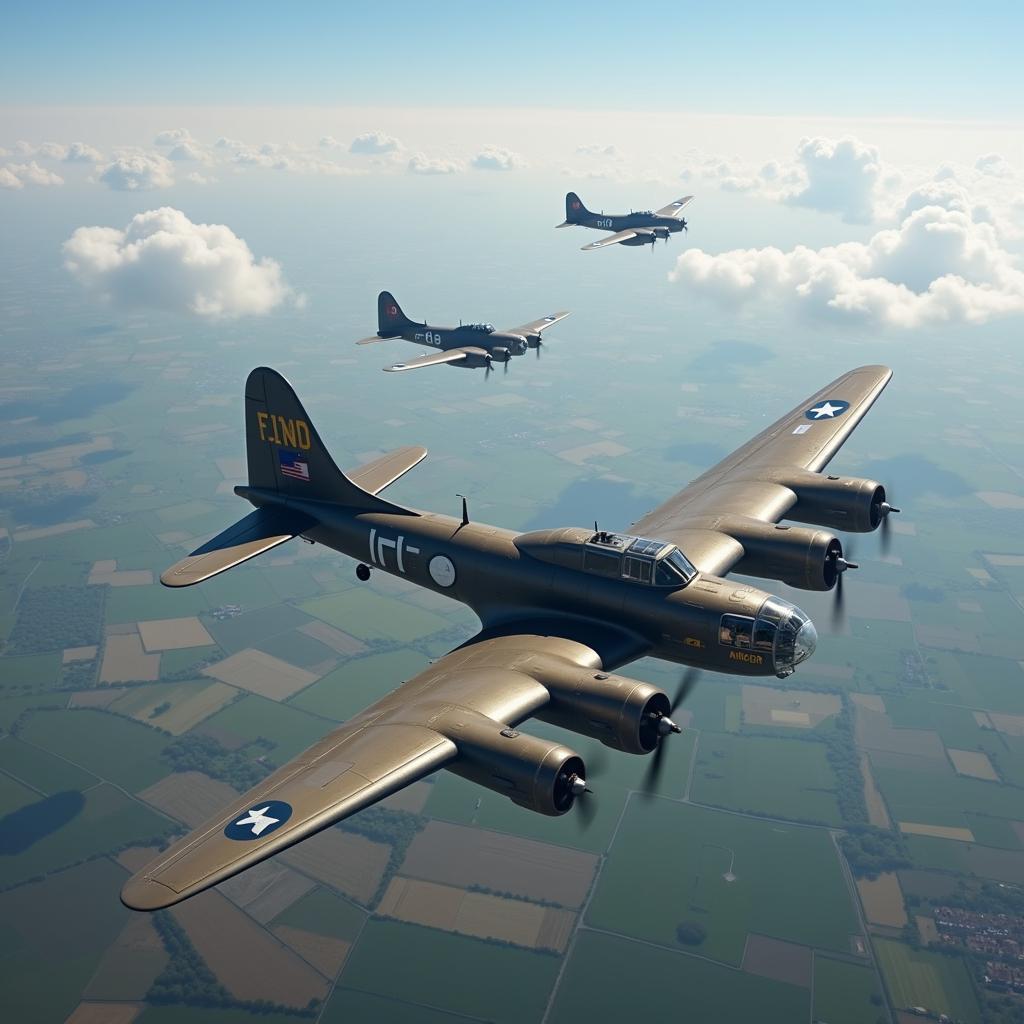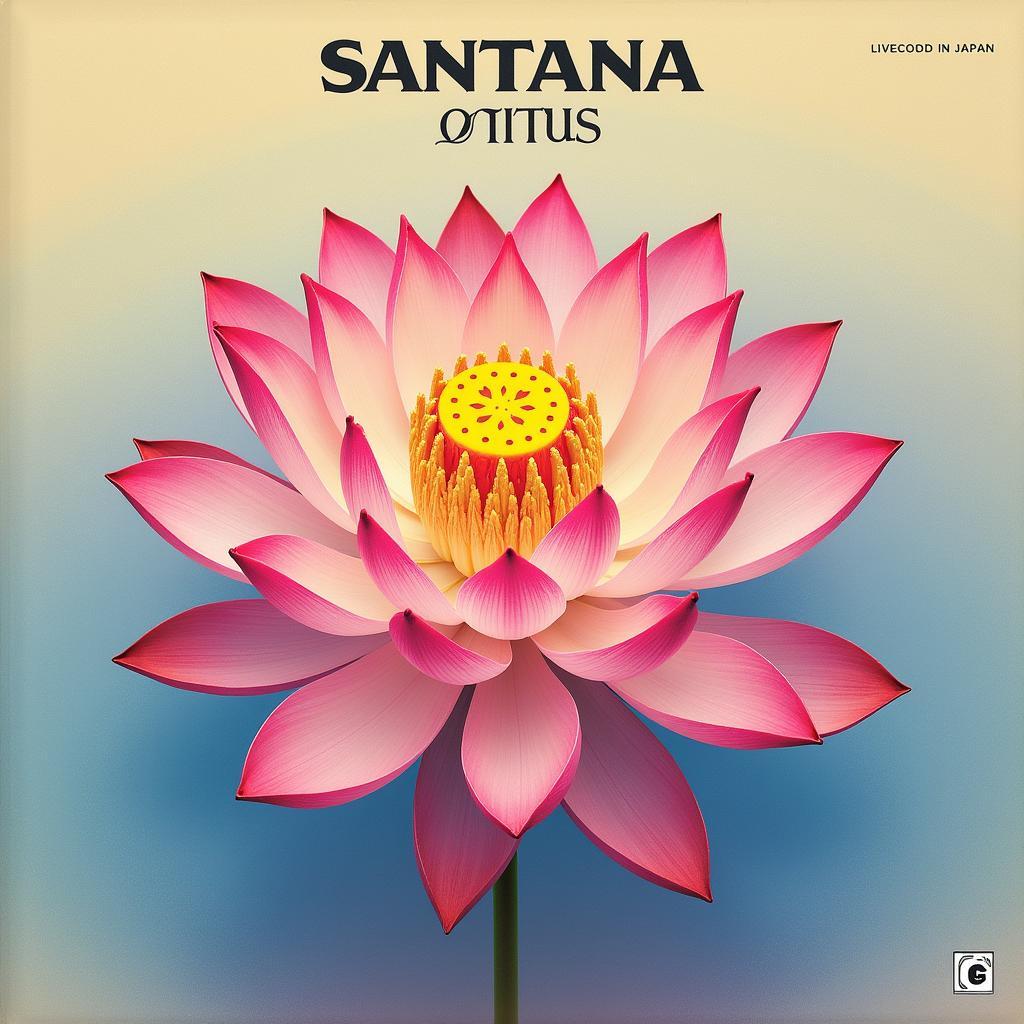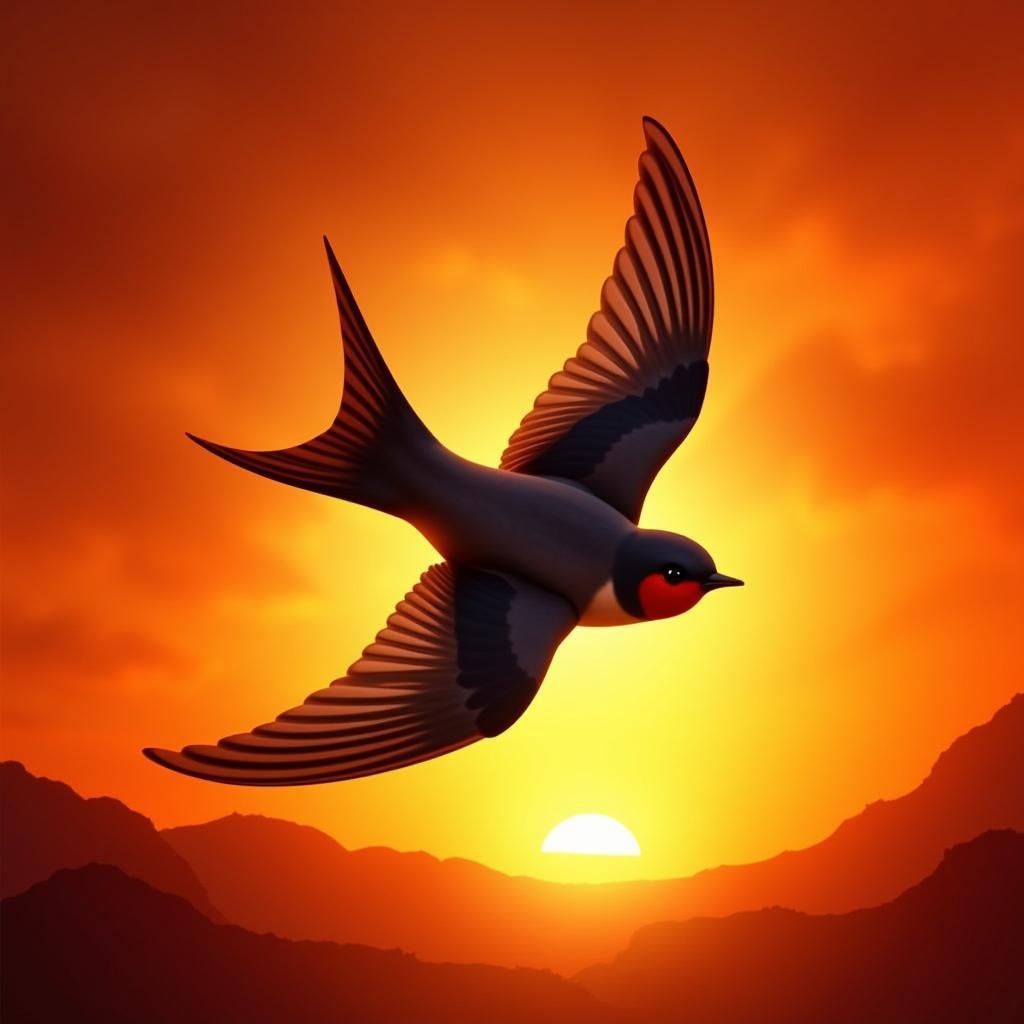WWII Aviation Art: A Digital Artist’s Perspective
Wwii Aviation Art captures the raw power and drama of aerial combat, immortalizing iconic aircraft and the brave men and women who flew them. From the sleek lines of the P-51 Mustang to the menacing silhouette of the B-17 Flying Fortress, these works of art offer a glimpse into a pivotal moment in history. This article explores the captivating world of WWII aviation art, delving into its historical significance, artistic techniques, and enduring appeal in the digital age.
The allure of WWII aviation art lies in its ability to transport us back in time. We can almost hear the roar of the engines and feel the tension of the dogfights. Whether you’re a history buff, an aviation enthusiast, or simply appreciate powerful imagery, there’s something undeniably captivating about these depictions of airborne conflict.
The Evolution of WWII Aviation Art
From the earliest sketches made in the cockpits of warplanes to the highly detailed paintings produced in studios back home, WWII aviation art has evolved significantly over the decades. Initially, the focus was primarily on documentary accuracy, capturing the technical details of the aircraft and the realities of aerial warfare. As the war progressed, artists began to incorporate more emotional and symbolic elements into their work, conveying the heroism, sacrifice, and human cost of conflict.
During the war, world war two aviation art often served a propagandistic purpose, boosting morale and inspiring patriotism. Post-war, the genre shifted towards commemoration and remembrance, honoring the veterans and preserving the memory of their service. Today, WWII aviation art continues to evolve, with digital artists using new technologies to create breathtakingly realistic and evocative images.
Capturing the Spirit of Flight: Techniques and Styles
WWII aviation art encompasses a wide range of styles, from photorealistic depictions to more impressionistic interpretations. Some artists focus on the technical aspects of the aircraft, meticulously rendering every rivet and panel line. Others emphasize the dynamic action of aerial combat, capturing the speed, agility, and raw power of these warbirds.
Watercolor, oil paint, and gouache were the traditional mediums of choice for WWII aviation artists. Today, digital tools like Photoshop and Procreate offer new possibilities for creating stunningly realistic and expressive artwork. These programs allow artists to experiment with different brushes, textures, and lighting effects, pushing the boundaries of what’s possible in the genre.
What unites these diverse styles is a deep respect for the subject matter and a desire to capture the spirit of flight. Whether depicting a lone bomber flying through a storm or a squadron of fighters engaged in a dogfight, WWII aviation art offers a powerful and moving tribute to the courage and sacrifice of those who fought in the skies.
Why WWII Aviation Art Remains Relevant Today
Why does WWII aviation art continue to resonate with audiences today? Perhaps it’s the inherent drama of aerial combat, the clash of metal and will against the backdrop of a vast and unforgiving sky. Or maybe it’s the enduring fascination with these iconic aircraft, symbols of innovation and human ingenuity.
 WWII Bomber Formation Flying Over Europe in a Digital Painting
WWII Bomber Formation Flying Over Europe in a Digital Painting
Whatever the reason, WWII aviation art serves as a powerful reminder of a pivotal moment in human history. It allows us to connect with the past, to understand the sacrifices made, and to appreciate the enduring legacy of those who fought for freedom.
For collectors, p 51 art represents a tangible piece of history. These artworks offer a unique window into the past, capturing the spirit of an era defined by innovation, courage, and sacrifice. Whether you’re a seasoned collector or simply appreciate the beauty and power of these images, WWII aviation art offers a timeless appeal.
What is the Significance of Nose Art in WWII Aviation?
Nose art, a unique and often whimsical form of expression, added a touch of individuality to the warplanes of WWII. From fierce tigers to pin-up girls, these painted emblems served as a source of pride and camaraderie for the crews, often reflecting their personalities, hometowns, or even superstitions. nose art shirt designs today echo this history, offering a way to connect with this fascinating aspect of WWII aviation.
Conclusion
WWII aviation art continues to inspire and captivate, offering a powerful blend of historical significance, artistic expression, and human emotion. From the technical precision of the earliest depictions to the dynamic digital creations of today, these works of art preserve the memory of a defining era and pay tribute to the bravery and sacrifice of those who fought in the skies. Exploring this fascinating genre offers a unique opportunity to connect with the past and appreciate the enduring legacy of WWII aviation.
FAQ
- What are the most popular subjects in WWII aviation art?
- Where can I find original WWII aviation art?
- Who are some of the most renowned WWII aviation artists?
- How can I tell if a piece of WWII aviation art is authentic?
- What is the average price range for WWII aviation art?
- Are there any museums dedicated to WWII aviation art?
- How can I start collecting WWII aviation art?
Where to Learn More
Check out these resources for further exploration of WWII aviation art:
Need Help?
When you need assistance, please contact Phone Number: 02462573573, Email: danteum@gmail.com Or visit us at: Savico Megamall, 7-9 Đ. Nguyễn Văn Linh, Gia Thụy, Long Biên, Hà Nội 10000, Việt Nam. We have a 24/7 customer support team.



